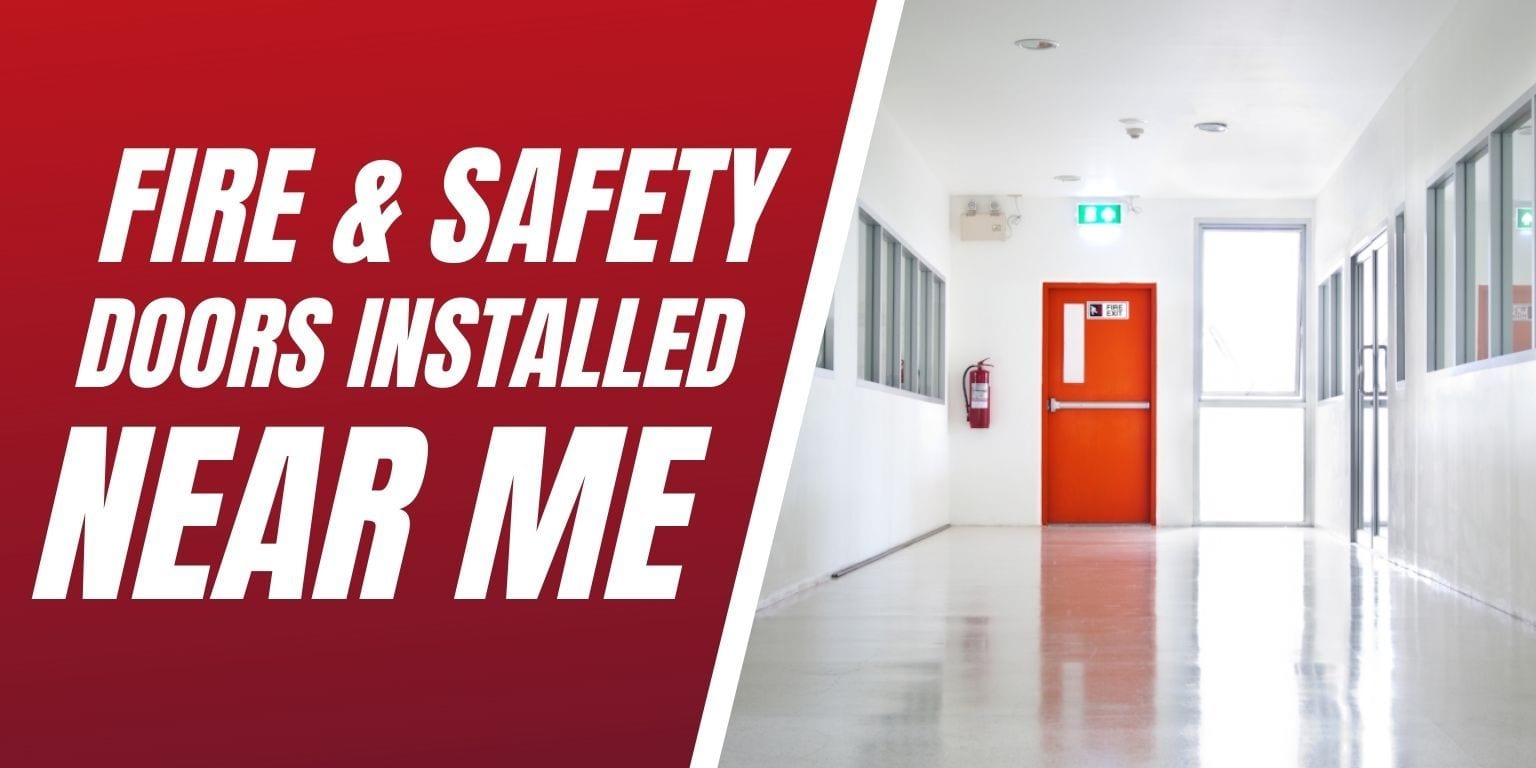
A building’s fire and life safety protection system is an important component of a building’s safety plan. Without a fire protection system, the lives of those who are inside the building are placed at a high risk in the event an emergency. That’s why fire and life safety systems have been designed to help protect the building and its occupants during a fire. An integral part of your building’s overall fire protection system are fire-rated doors. An operating fire door is a key component to the compartmentalization of a building to help stop the spread of deadly fire, smoke and other toxic fumes. However, whether you are new construction or just having renovations you might be wondering how you can get fire and life safety doors installed?
Fire door commissioning services are an important elements during a building’s design and construction phase. As a general contractor, you are busy with constructing new and current buildings every day. And with modern construction materials being used, buildings are being built quickly and efficiently. However, as convenient as this is, it can create some fire safety issues. Finding the right contractor that is experienced in inspection and code requirements, as well as meets the building’s safety requirements, can be a chore. A building owner must have the confidence that all fire and life safety systems were installed correctly. Protecting building occupants is too crucial to skip the due the headache from the commissioning process. So whether you are working in the healthcare, education, hospitality, commercial, or even industrial facilities, it is important to understand what the commissioning process is and what you are looking for in a contractor.
What is Commissioning?
“The word “commissioning” means a process intended to ensure that building systems are installed and performed in accordance with design intent, that the design intent is consistent with the owner’s project requirements, and that operations and maintenance staff are adequately prepared to operate and maintain the completed facility”. – American Society of Healthcare Engineers (ASHE), “Health and Facility Guidelines
“The basic purpose of building commissioning is to provide a quality-based process with documented confirmation that building systems are planned, designed, installed, tested, operated, and maintained in compliance with the owner’s project requirements. Commissioning of existing systems may require the development of new functional criteria in order to address the owner’s current systems performance requirements”. – The Building Commissioning Association (BCA)
The Commissioning Process is simply a quality-based service that begins during the design and continues through the construction, occupancy and building’s operational phase. Commissioning supplies the building owner with documented confirmation that the new building system is planned, designed, installed, tested, operated and maintained in compliance with the owner’s requirements.
However, facilities go through significant changes over the years with construction projects and renovations, and it is not uncommon for the alterations to the original design of the life safety systems to occur. It is important for the life safety system to be commissioned once again to ensure the system is safe for years to come. Therefore, retro-commissioning and re-commissioning are both equally as important as the initial commissioning process.
Retro-commissioning is part of the commissioning process done to existing buildings. It can resolve any problems that have happened during the design or construction of the building. It may also address any issues that have developed through the years. Overall, retro-commissioning improves the operations and maintenance of a building’s services.
Re-commissioning is another part of a building’s commissioning process that occurs to a building undergoing a new commissioning process. A building may be going through a new commissioning process that could be due to a change in the buildings ownership or its use.
According to the National Fire Protection Association (NFPA 3), interconnected life safety systems (both active and passive fire protection systems), shall be tested after the initial commissioning process to ensure the fire safety system remains operational and that they work together as intended in the event of a fire.

